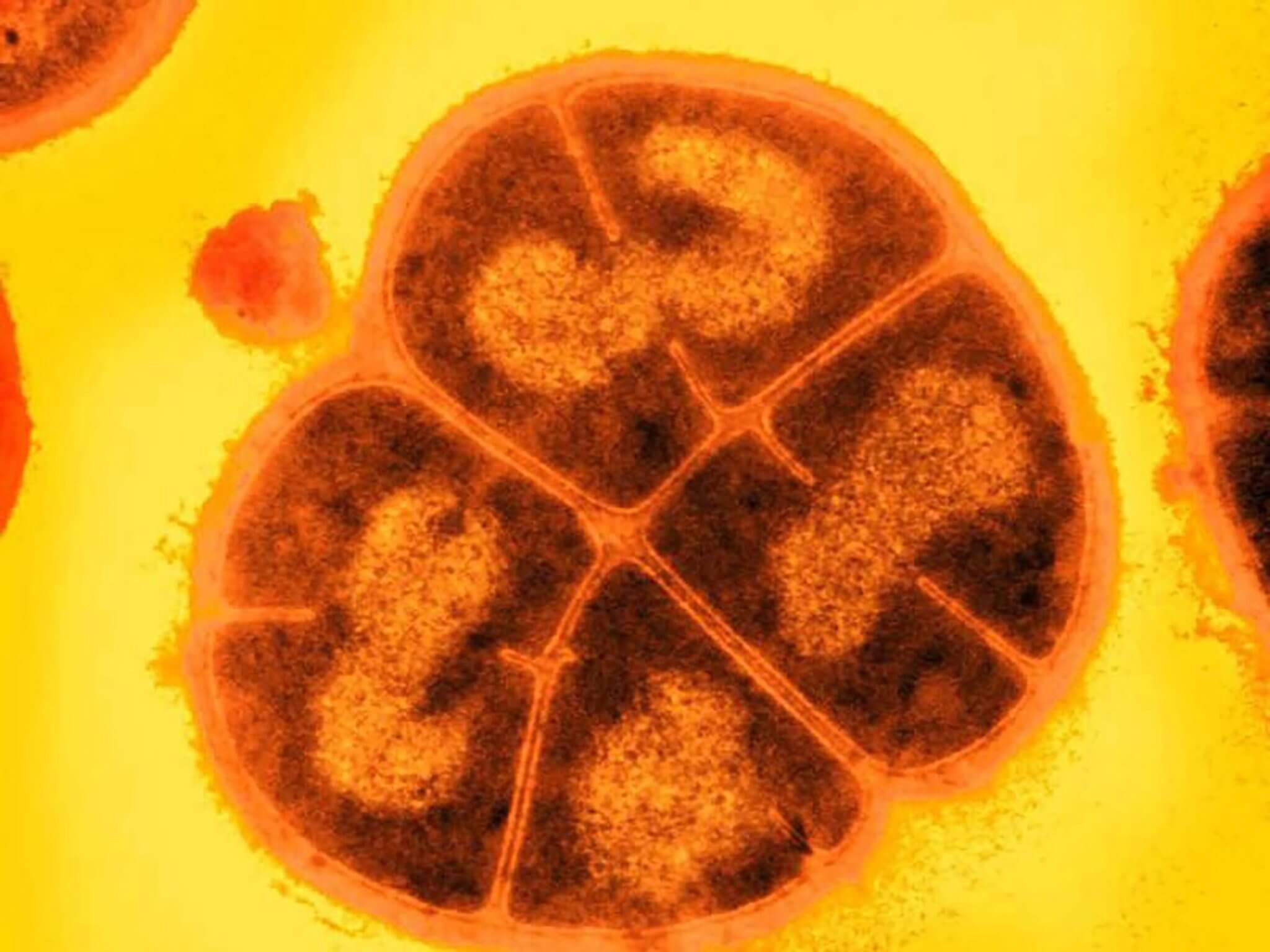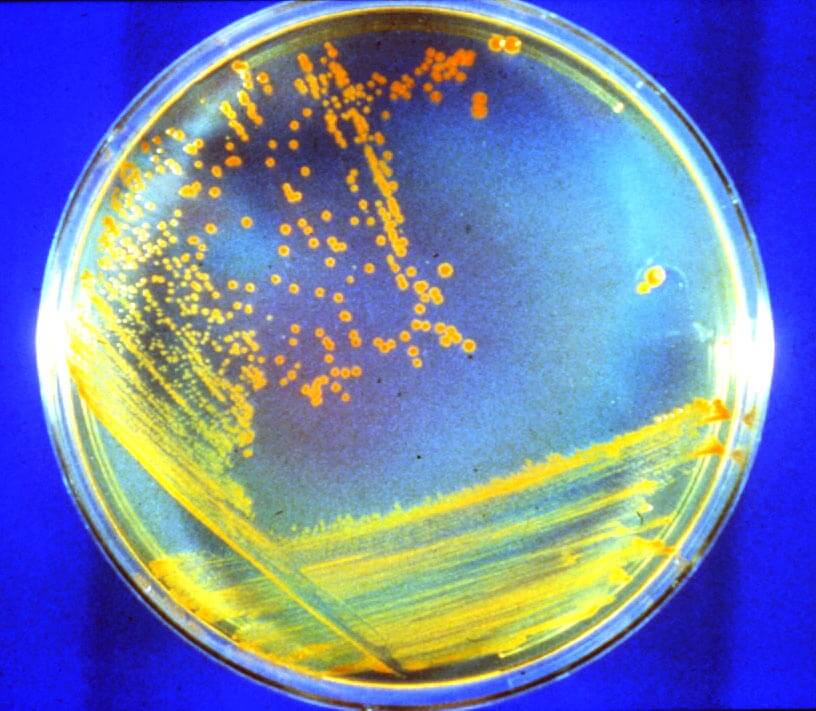Researchers simulated the harsh ionizing radiation conditions of Mars to see how long freeze-dried bacteria and fungi could survive

Deinococcus radiodurans (known affectionately as "the bacteria nest") is particularly suited to survive in the harsh environment of Mars. In tests, it survived astronomical amounts of radiation in a frozen, arid environment. Credit: Michael J. Daly/USU
A new study found that the chances of discovering life on Mars are better than previously expected
- Researchers simulated the harsh ionizing radiation conditions of Mars to see how long freeze-dried bacteria and fungi could survive.
- In previous studies it was found that the "bacteria nest" (Deinococcus radiodurans) can survive for more than a million years in the harsh ionizing radiation of Mars.
- A new study shatters that record, finding that the hardy bacterium can survive 280 million years if buried.
- This means that evidence of life could still be dormant and buried beneath the Martian surface.
When the first samples from Mars are returned to Earth, scientists will be looking for ancient, old bacteria, according to the findings of a new study.
In a first-of-its-kind study, a team of researchers has found that ancient bacteria could survive near Mars for much longer than previously thought. Moreover, they can survive for a much longer time when the bacteria are buried, thus protected from galactic cosmic radiation and protons from the sun.
These findings raise the possibility that if life ever did develop on Mars, its biological remains may be discovered in future missions. These future missions are ExoMars (the Rosalind Franklin vehicle) and Mars Life Explorer, which will carry drills to extract material from a depth of two meters below the surface.
Scientists have proven that certain strains of bacteria can survive despite the harsh environment of Mars, so this also means that future astronauts and space tourists could inadvertently contaminate Mars with their own microbes.
This study was published on October 25 in the journal Astrobiology. The research team included Brian Hoffman and Ajay Sharma from Northwestern University.

"The organisms in our model serve as surrogates for the forward contamination of Mars and the backward contamination of the Earth, both of which should be prevented," said Michael Daly, professor of pathology who led the study. "It is important to note that these findings also have implications in terms of biological defense, because the threat of biological agents, such as anthrax, is still a problem for the military and internal security"
"We concluded that contamination of the Martian soil will actually be constant - over time frames of thousands of years," said Hoffman, senior co-author of the paper. "This can complicate the scientific activity to search for life on Mars. Similarly, if bacteria evolved on Mars, they may have survived to this day. This means that samples returned from Mars could contaminate the country."
Mars has a harsh and unforgiving environment. Because of the arid and icy conditions, an average temperature of minus 63 degrees Celsius in the middle latitudes, the Red Planet appears hostile to life. And worse: Mars is constantly bombarded with strong galactic cosmic radiation and protons from the Sun.
To investigate whether life could or could not survive under these conditions, Daly, Hoffman, and their colleagues first determined the survival limits of bacterial life under ionizing radiation. They then exposed three types of terrestrial bacteria and fungi to simulate the Martian surface - which is frozen and dry - and bombarded them with gamma rays or protons (to mimic the radiation in space).
"There is no flowing water or significant water in the Martian atmosphere, so cells and spores will dry out," Hoffman said. "It is also known that the surface temperature on Mars is more or less similar to dry ice, so they are really very icy."
More of the topic in Hayadan:

One response
Why is it possible? It's clear and logical.